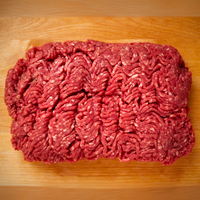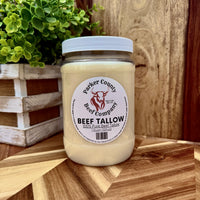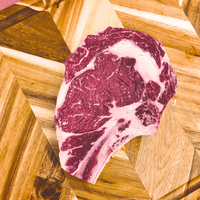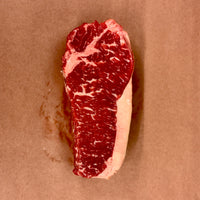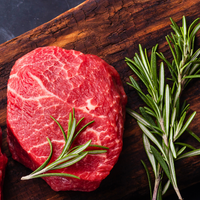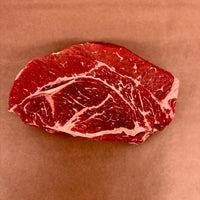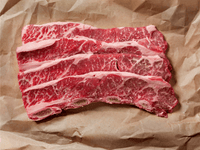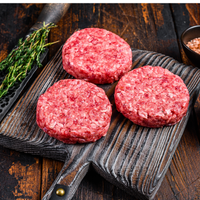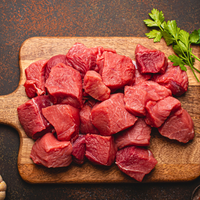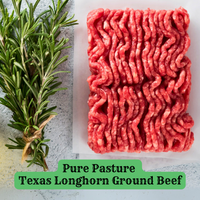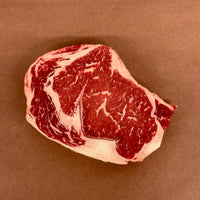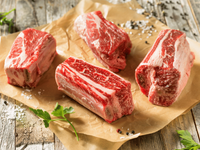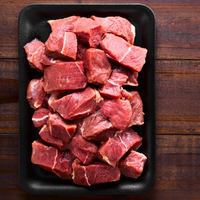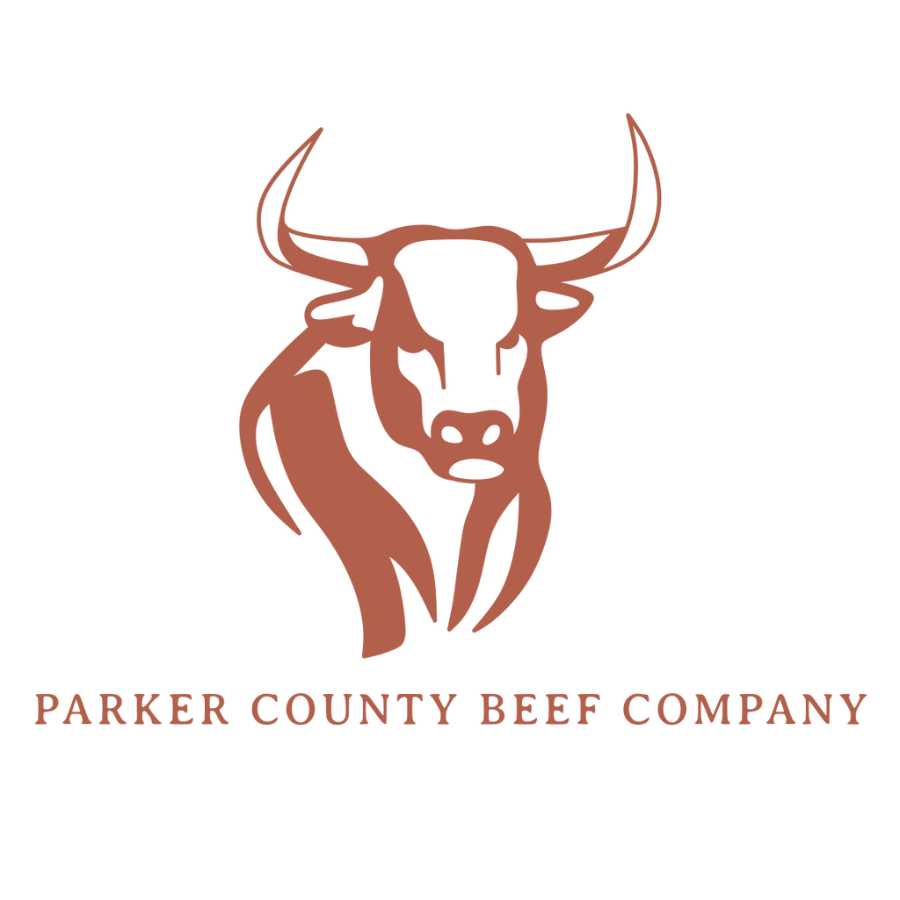What is Beef Tallow
Beef Tallow: An Overview of History, Uses, and Benefits
Introduction
Beef tallow is a form of rendered beef fat that has been used by humans for centuries in cooking and practical applications. This natural fat, solid at room temperature, was once a kitchen staple and a household necessity around the world. Today, beef tallow is experiencing renewed interest for its culinary uses, nutritional profile, and sustainability benefits, bridging traditional practices with modern needs.
What is Beef Tallow?
Beef tallow is rendered beef fat, primarily sourced from suet, the hard white fat found around a cow’s kidneys and loins. Once rendered, the purified fat becomes solid at room temperature and is shelf-stable for many months. Composed of nearly 100% fat, beef tallow consists of saturated and monounsaturated fats, making it ideal for high-temperature cooking.
History and Traditional Uses
For centuries, beef tallow was used in cooking, candle making, soap production, and even as a lubricant. Ancient civilizations relied on it for daily life, and in more recent history, it was a key ingredient in frying foods like French fries before vegetable oils became popular.
Nutritional Profile and Health Benefits
Beef tallow is an energy-dense fat containing vitamins A, D, E, and K. It is rich in conjugated linoleic acid (CLA), which has been studied for potential metabolic benefits. While high in saturated fat, it contains heart-healthy monounsaturated fats similar to those in olive oil. As a natural, minimally processed fat, beef tallow is a preferred alternative to hydrogenated oils.
Common Uses of Beef Tallow
Cooking and Culinary Uses
With a high smoke point of around 400°F, beef tallow is perfect for frying, roasting, and sautéing. It enhances the flavor of meats and vegetables while providing a crispy texture. Many chefs are rediscovering the benefits of frying in beef tallow.
Skincare and Cosmetic Uses
Beef tallow is a traditional ingredient in soap making, providing a rich, moisturizing lather. It is also used in balms and lotions as a natural moisturizer that absorbs well into the skin.
Industrial and Other Uses
Historically, beef tallow was used to make candles and lubricate machinery. Today, it has applications in biofuels, animal feed, and leather conditioning.
How Beef Tallow is Made
The rendering process involves slowly heating raw beef fat to separate impurities from pure liquid fat. The melted fat is then strained and allowed to cool, resulting in shelf-stable tallow. Properly rendered beef tallow is odorless and creamy white.
Sustainability and Ethical Considerations
Beef tallow promotes nose-to-tail utilization, reducing waste and maximizing the value of each animal. It is a byproduct of the meat industry that offers an eco-friendly alternative to industrially processed oils. Supporting the use of tallow aligns with sustainable agricultural practices.
Conclusion
Beef tallow is a versatile, natural fat with a rich history and modern-day applications. Whether used for cooking, skincare, or industrial purposes, it remains an invaluable resource. As interest in traditional fats resurges, beef tallow is proving itself as a sustainable and practical choice for many uses.
